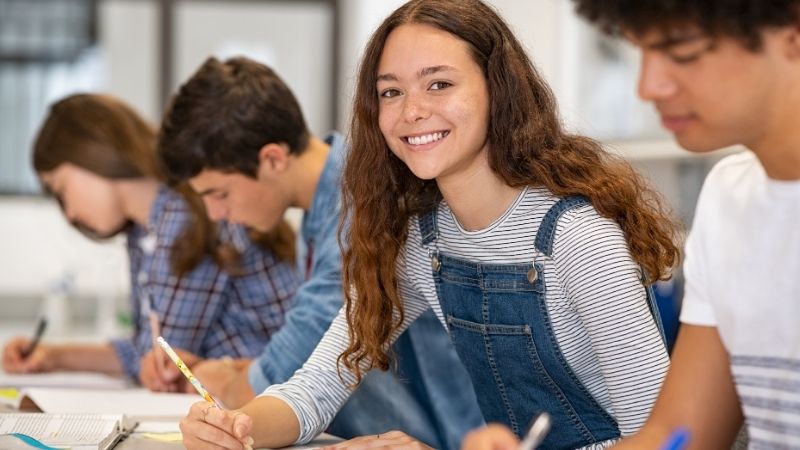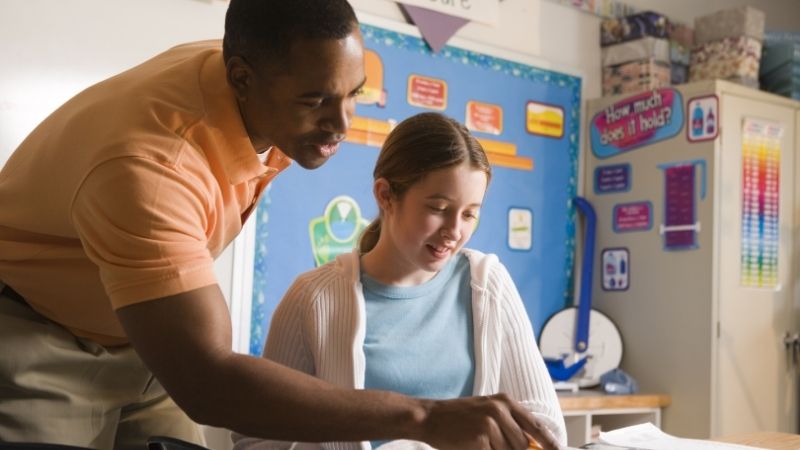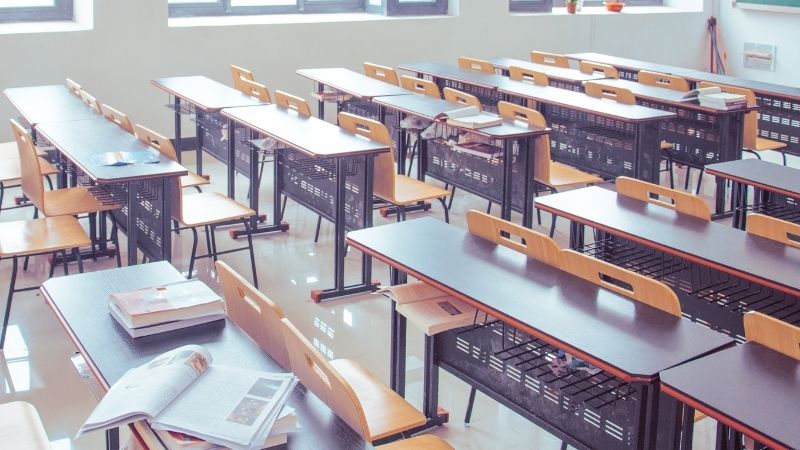
In the realm of elementary education, the acquisition of essential school supplies becomes paramount for academic success. Pencils, notebooks, art materials, classroom furniture, and educational toys serve as indispensable tools that aid in learning and foster creativity.
Each item plays a unique role in cultivating an engaging learning environment and promoting cognitive development among young learners. This article aims to explore the significance of these supplies within an academic context, shedding light on their diverse benefits and empowering educators with comprehensive knowledge.
Key Takeaways
- Pencils facilitate fine motor skill development and enhance students' ability to express their thoughts through writing.
- Notebooks promote effective learning through note-taking strategies and help students process information, reinforce understanding, and retain knowledge.
- Art materials offer a medium for expressing creativity, stimulate imagination, and develop problem-solving skills.
- Classroom furniture provides comfortable and functional seating arrangements, promotes active participation and movement, and accommodates technology integration for effective digital resource use.
The Importance of Pencils in Elementary School Learning
Pencils play a crucial role in elementary school learning as they facilitate the development of fine motor skills and enhance students' ability to express their thoughts through writing.
The benefits of using pencils in elementary school learning are numerous. Firstly, pencils aid in developing fine motor skills, which are essential for tasks such as handwriting and drawing. By holding and manipulating a pencil, students strengthen the muscles in their hands and fingers, improving their dexterity and control. This skill is transferable to other activities that require precise hand movements, such as playing musical instruments or engaging in arts and crafts.
Furthermore, pencils allow students to express their thoughts through writing. They provide a tool for children to put their ideas on paper, fostering creativity and enabling communication with others. As such, pencils are indispensable tools that support both motor skill development and self-expression in the elementary school classroom.
Transitioning into the subsequent section about enhancing learning with notebooks in the classroom...
Enhancing Learning With Notebooks in the Classroom
Notebooks are essential classroom tools that contribute to the enhancement of learning through their organization and documentation features. For elementary school students, note taking strategies play a crucial role in promoting effective learning. Encouraging students to actively engage in note taking helps them process information, reinforce understanding, and retain knowledge. Teachers can guide students in developing effective note taking techniques such as summarizing key points, using headings and subheadings, and creating visual aids like diagrams or mind maps.

Incorporating technology with digital notebooks further enhances the learning experience. Digital platforms provide opportunities for interactive note taking, allowing students to incorporate multimedia elements like images or videos into their notes. Additionally, digital notebooks offer the advantage of easy access and sharing of notes across devices, fostering collaboration among students.
Overall, by utilizing various note taking strategies and incorporating technology with digital notebooks in the classroom setting, educators can empower elementary school students to become active learners who take ownership of their education and develop valuable skills for lifelong success.
Unleashing Creativity With Art Materials for Elementary Students
Art materials, such as paints and clay, offer elementary students a medium for expressing their creativity and exploring different forms of artistic expression. These materials provide the necessary tools for children to engage in imaginative play and artistic exploration.
Through the use of art materials, students can experiment with various techniques and mediums, allowing them to discover new ways of self-expression. By engaging in the process of creating art, students are able to stimulate their imagination and develop problem-solving skills.
Art also provides an outlet for emotional expression, allowing children to communicate their thoughts and feelings in a non-verbal manner. Moreover, the use of art materials encourages exploration and experimentation, fostering a sense of freedom within the creative process.
Overall, incorporating art materials into elementary classrooms promotes self-discovery and nurtures individuality while cultivating essential skills that extend beyond traditional academic subjects.
Creating an Engaging Learning Environment With Classroom Furniture
Classroom furniture plays a vital role in creating an engaging learning environment by providing students with comfortable and functional seating arrangements that support their physical well-being and promote active participation in academic activities.

Creating a flexible space for active learning is essential, as it allows students to move around freely, collaborate with their peers, and engage in hands-on activities.
Incorporating technology in the classroom is another crucial aspect of modern education. Furniture that can accommodate the use of laptops, tablets, or interactive whiteboards enables teachers to incorporate digital resources into their lessons effectively.
Additionally, ergonomic chairs and desks ensure proper posture and reduce discomfort during long periods of sitting.
Educational toys play a pivotal role in facilitating cognitive development and fostering creativity among young learners. These toys are specifically designed to engage children in interactive play that promotes learning and enhances their creative thinking abilities.
Some of the key benefits of educational toys include:
Enhanced problem-solving skills: Educational toys often present children with challenges that require problem-solving, critical thinking, and decision-making skills.
Improved fine motor skills: Toys such as building blocks, puzzles, or art materials help develop hand-eye coordination and fine motor skills.

Stimulated imagination and creativity: Playing with educational toys encourages children to think outside the box, explore new ideas, and express themselves creatively.
Language development: Many educational toys incorporate language-based activities that aid in vocabulary expansion and communication skills.
Social interaction: Certain educational toys foster collaboration and social interaction among peers, promoting teamwork and cooperation.
Frequently Asked Questions
How Do Pencils Contribute to Fine Motor Skill Development in Young Students?
Pencils aid in the development of fine motor skills in young students by promoting pencil grip and control. This facilitates their ability to write, draw, and manipulate objects with precision, fostering creativity and learning.
What Are Some Alternative Uses for Notebooks in the Classroom Besides Note-Taking?
Alternative uses for notebooks in the classroom extend beyond note-taking. They can be used for brainstorming, organizing thoughts, creating to-do lists, and documenting observations. These versatile tools enhance students' critical thinking and organization skills.
How Can Art Materials Be Used to Encourage Self-Expression and Boost Confidence in Elementary Students?
Art materials, such as paints and clay, play a crucial role in encouraging self-expression and boosting confidence in elementary students. Through art therapy and creative expression, students can explore their emotions, develop problem-solving skills, and enhance their overall well-being.
When selecting classroom furniture that promotes an interactive learning environment, key features to consider include classroom arrangement and the benefits of flexible seating. These features enhance student engagement, collaboration, and movement, fostering a dynamic and effective learning experience.

How Do Educational Toys Help in Developing Problem-Solving and Critical Thinking Skills in Young Children?
Educational toys play a crucial role in the development of problem-solving and critical thinking skills in young children. These toys provide opportunities for hands-on exploration, experimentation, and decision-making, fostering cognitive growth and enhancing problem-solving abilities.
 Careers in EducationElementary EducationHigh School EducationEducational TechnologyTeaching StrategiesSpecial EducationPrivacy PolicyTerms And Conditions
Careers in EducationElementary EducationHigh School EducationEducational TechnologyTeaching StrategiesSpecial EducationPrivacy PolicyTerms And Conditions
